A plug-in hybrid diesel? Nowadays, only the star brand bets on them, as the Mercedes-Benz E 300 from Station, protagonist of this test, demonstrates.
Two years ago we wrote about this topic, “Why aren't there more Diesel hybrids?”, and we concluded that the costs, together with the bad reputation that Diesels have acquired in the meantime, made them simply an unattractive option for the market and for the builders.
However, Mercedes doesn't seem to have received this “memo”, and has been reinforcing its bet — we not only have Diesel plug-in hybrids in the E-Class, but also in the C-Class and, soon, in the GLE.
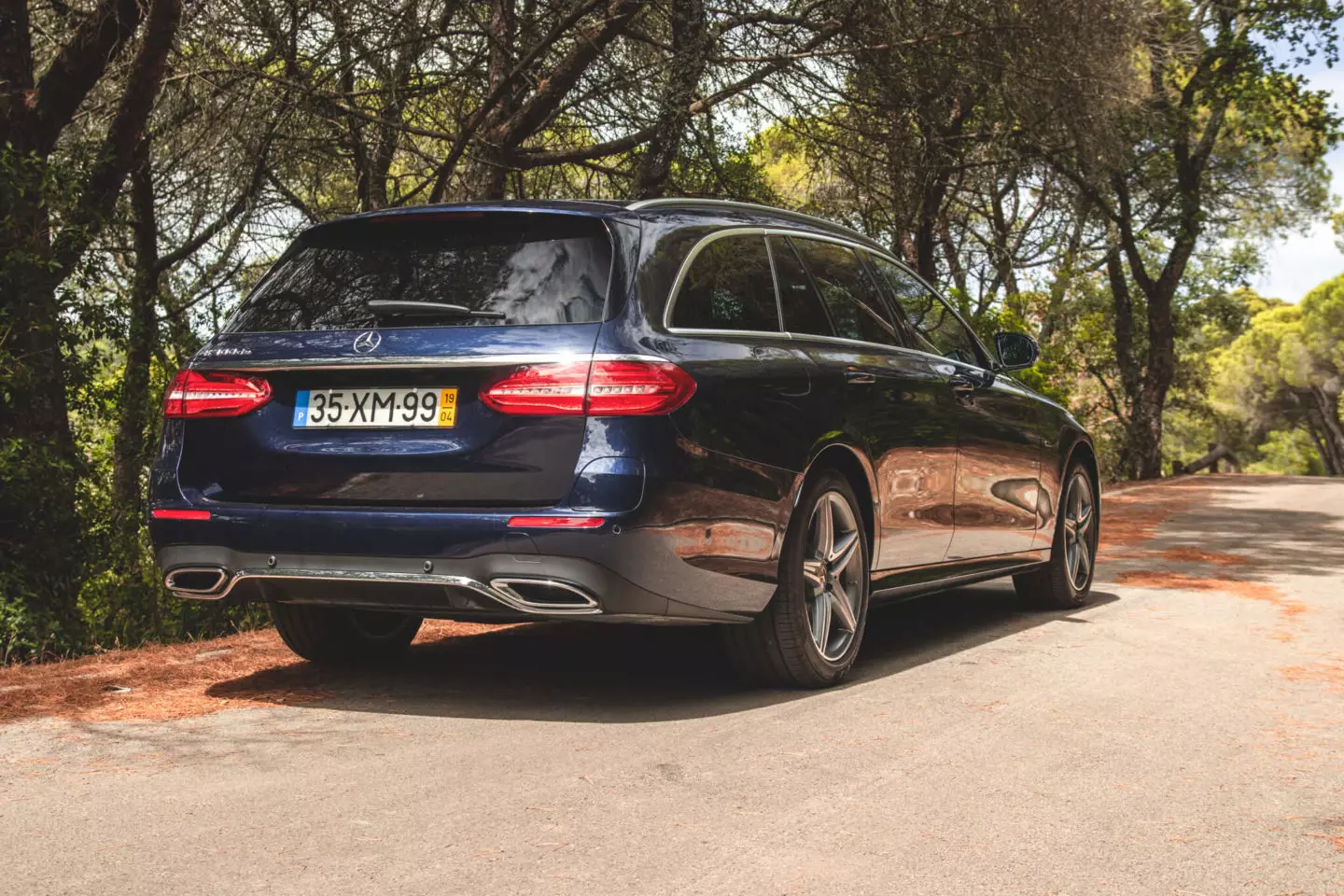
Mercedes-Benz E 300 from Station
Is the diesel engine effectively a better companion to the electric motor in a plug-in hybrid? To reach some kind of conclusion, nothing better than bringing a plug-in hybrid with a gasoline engine to the discussion and… how “lucky” we are — the E-Class also has one, the Mercedes-Benz E 300 e.
Subscribe to our newsletter
As you've already noticed, the E 300 e is a saloon, or Limousine in Mercedes language, while the E 300 is a van or Station — in no way affects the final conclusions. Note that in Portugal, the E-Class plug-in hybrid van is only available with the Diesel option, while the Limousine is available in both engines (petrol and diesel).
under the bonnet
The combustion engines of the two models are different, but the electrical part is exactly the same. This is composed of an electric motor of 122 hp and 440 Nm (integrated in the nine-speed automatic transmission) and a 13.5 kWh electric battery (mounted in the trunk).
The Mercedes-Benz E-Class 300 and e-300 come with an integrated charger with a power of 7.4 kW, which allows the battery to be charged (from 10% to 100%), in the best case, in 1h30min — longer is required when plugged into a household outlet.
Regarding combustion engines, behind the 300 designation of the two models there is not a 3000 cm3 engine — while the correspondence between the two values is no longer direct — but two four-cylinder engines in line with 2.0 l of capacity. Get to know them:
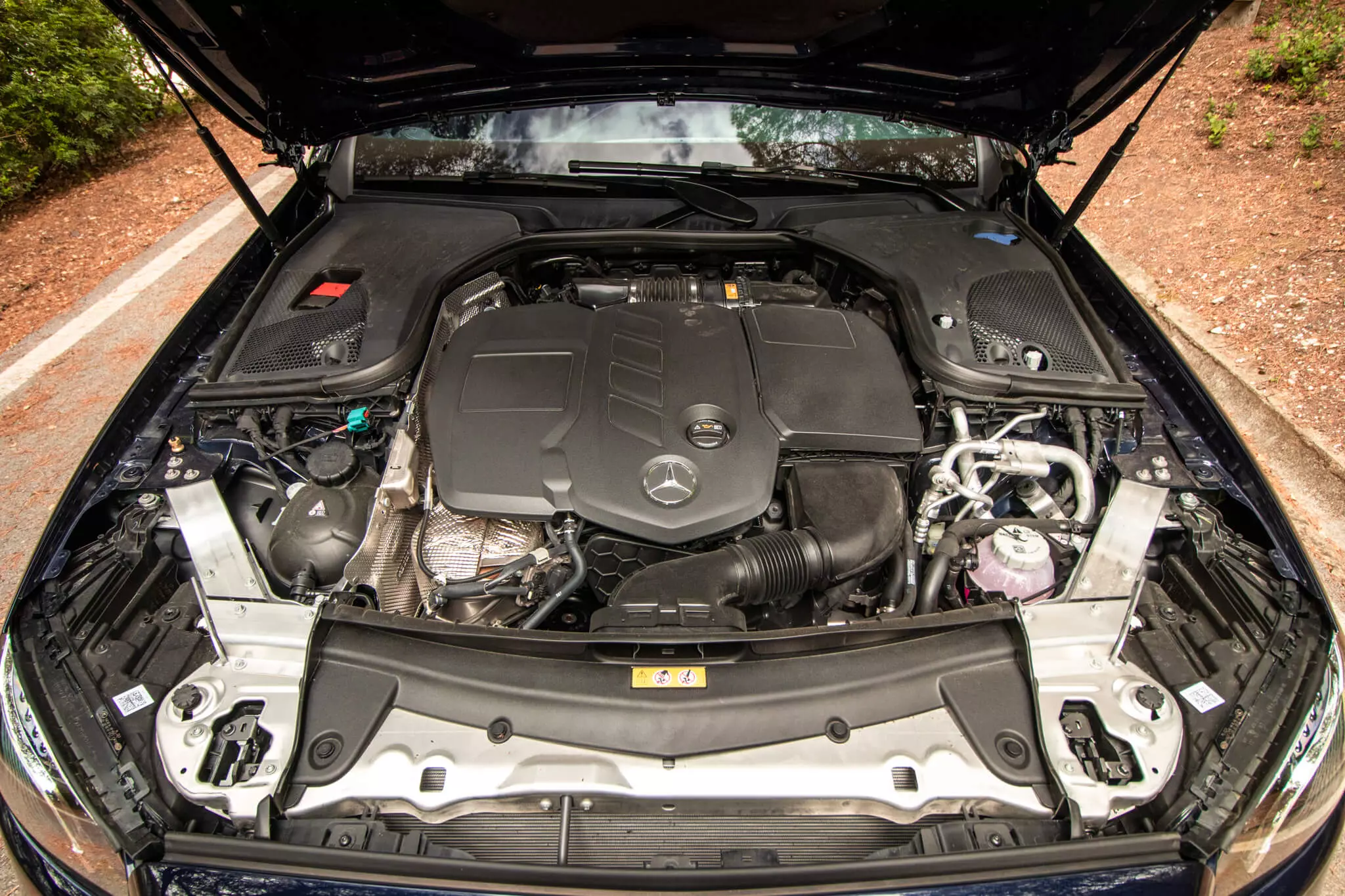
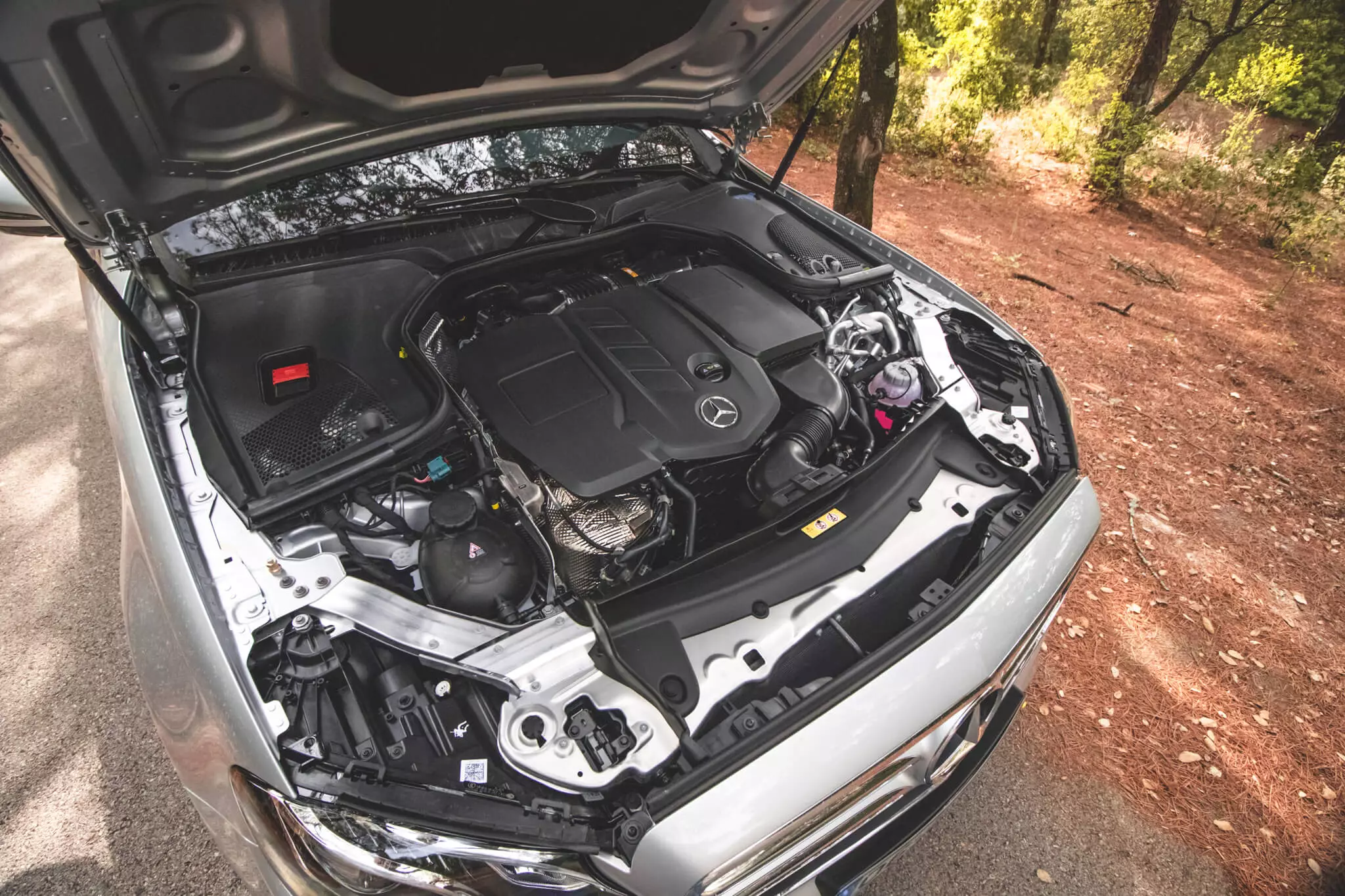
Both exceed two tons of mass, but the performances verified seem to be taken from a hot hatch; the 100 km/h are reached in 6.0s and 5.7s, respectively, E 300 from Station and E 300 and Limousine.
Believe me, there is no shortage of lungs, especially in speed recovery, where the instantaneous 440 Nm of the electric motor proves to be additive.
In fact, the combination of combustion engine, electric motor and automatic transmission turned out to be one of the strengths of these E-Classes, with (practically) imperceptible passages between the two engines and large and even muscular progressivity when they worked together.
At the wheel
Now that we know what motivates the two E-Classes, time to hit the road, batteries full, and first impressions are very positive. Despite the two distinct combustion engines, the initial driving experience is completely identical, this because, the Hybrid mode, the default mode, gives primacy to electric propulsion.
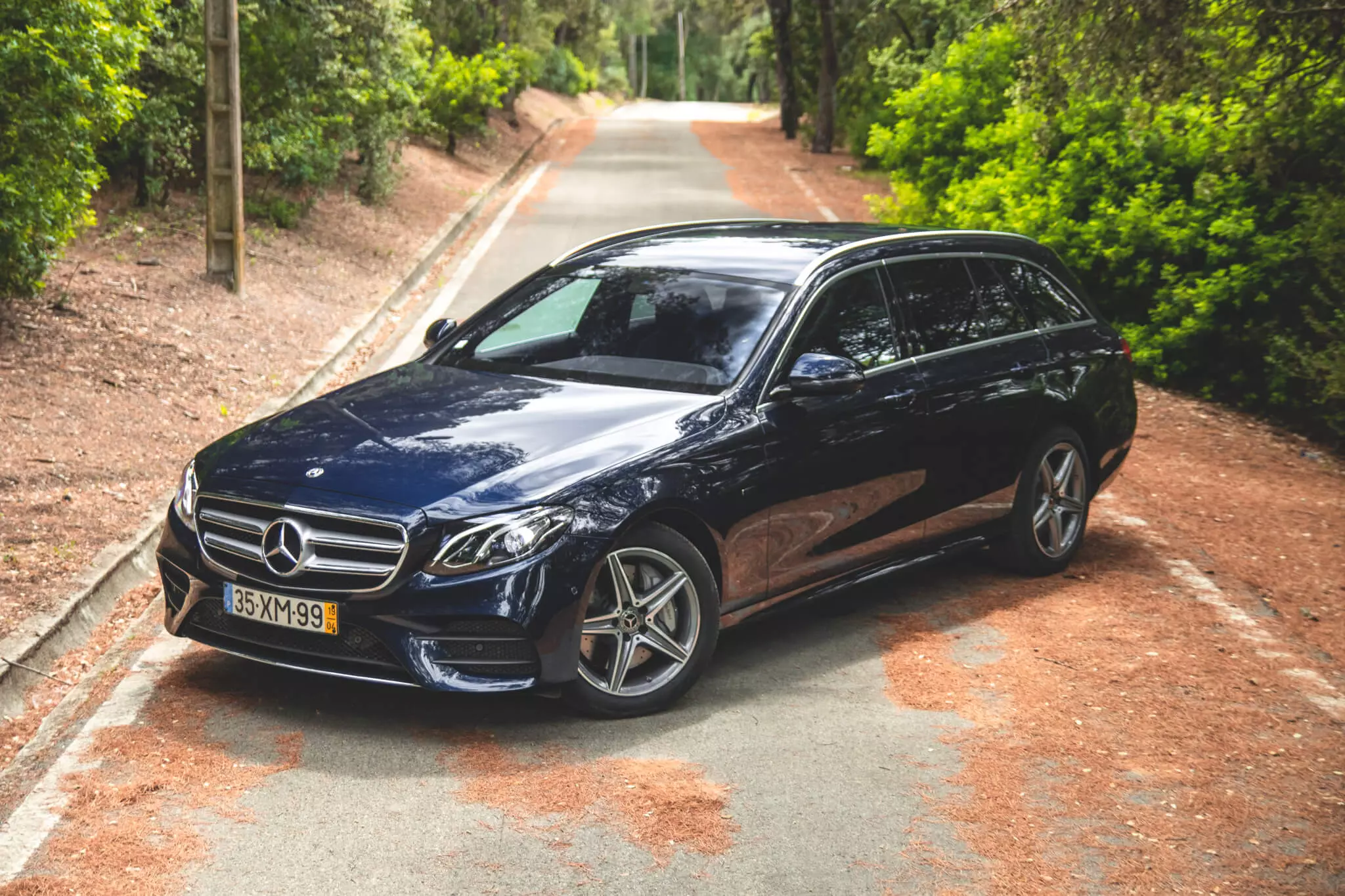
So much so that, for the first few kilometers, I had to confirm that I hadn't selected the EV (electric) mode by mistake. And just like the electric ones, the silence and smoothness are quite high, especially since it is an E-Class, where the expectation, fulfilled, is that of a high quality of assembly and soundproofing.
However, by emphasizing the electrical part, we run out of “juice” in the battery too quickly. We can always save battery for later use by selecting E-Save mode, but it seems to me that Hybrid mode could do more judicious management of stored energy — it's not uncommon on many routes to see averages of a measly liter of fuel at 100 km, or even less, with the combustion engine being required only in stronger accelerations.
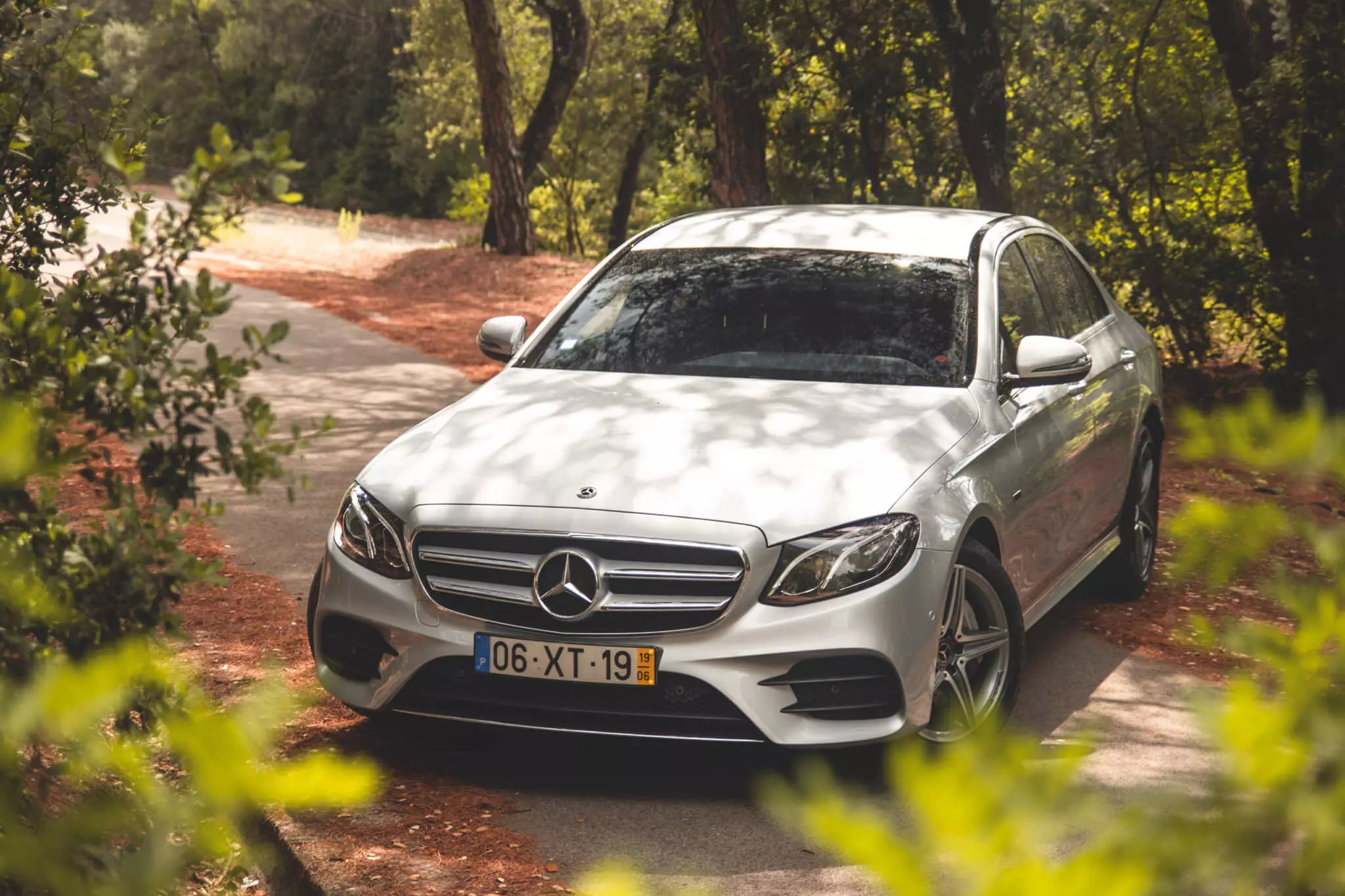
Still in relation to autonomy in electric mode, it is with some ease that we reach and even surpass the 30 km mark. The maximum I reached was 40 km, with the official WLTP values being between 43-48 km, depending on the version.
What happens when the battery “runs out”?
When the battery capacity is very low, of course, it is the combustion engine that takes full responsibility. However, during the time I was with the E-Class, I never saw the battery capacity drop from 7% — between decelerations and braking, and even with the contribution of the combustion engine, it allows to keep the batteries always at a certain level.
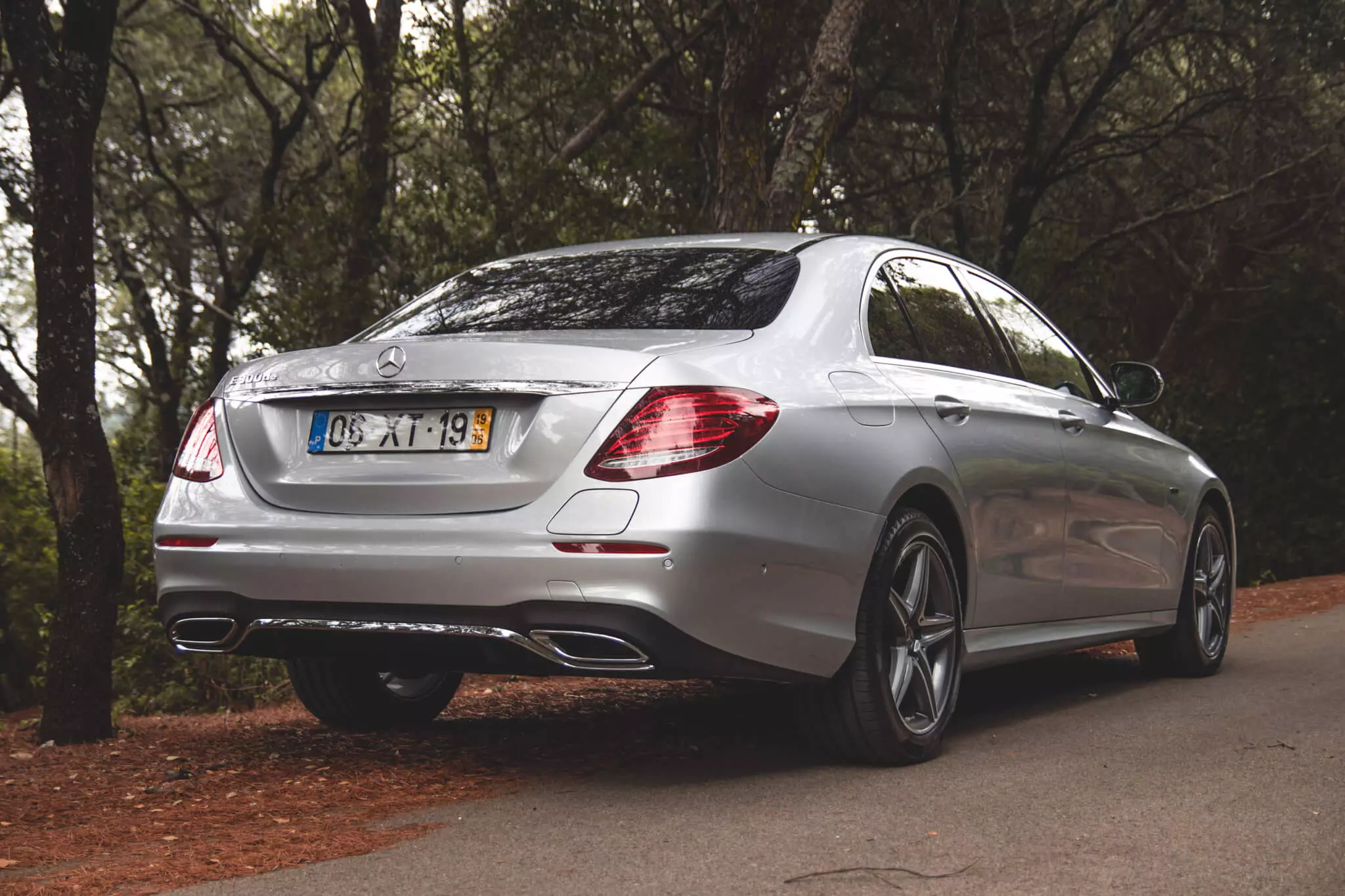
As you can imagine, since we are using only the combustion engine, consumption will go up. Since the type of combustion engine — Otto and Diesel — is the only variable between these two hybrids, it is the typical characteristics of each that distinguish them.
Of course, it was with the Diesel engine that I had the lowest overall consumption — 7.0 l or so in cities, 6.0 l or less in mixed use (city + road). The Otto engine added nearly 2.0 l in town, and in mixed use it was left with consumption around 6.5 l/100 km.
With energy from the electric batteries available, these values, especially in cities, can be substantially reduced. In routine weekly use—let's imagine, home-work-home—with charging at night or in the workplace, the combustion engine may not even be required!
not for everyone
Anyway, the advantage of the plug-in hybrid is that we don't have to stop to load. Charged or not charged, we always have the combustion engine to keep us moving and, as I also “discovered”, it's easier to keep the tank full than the battery charged.
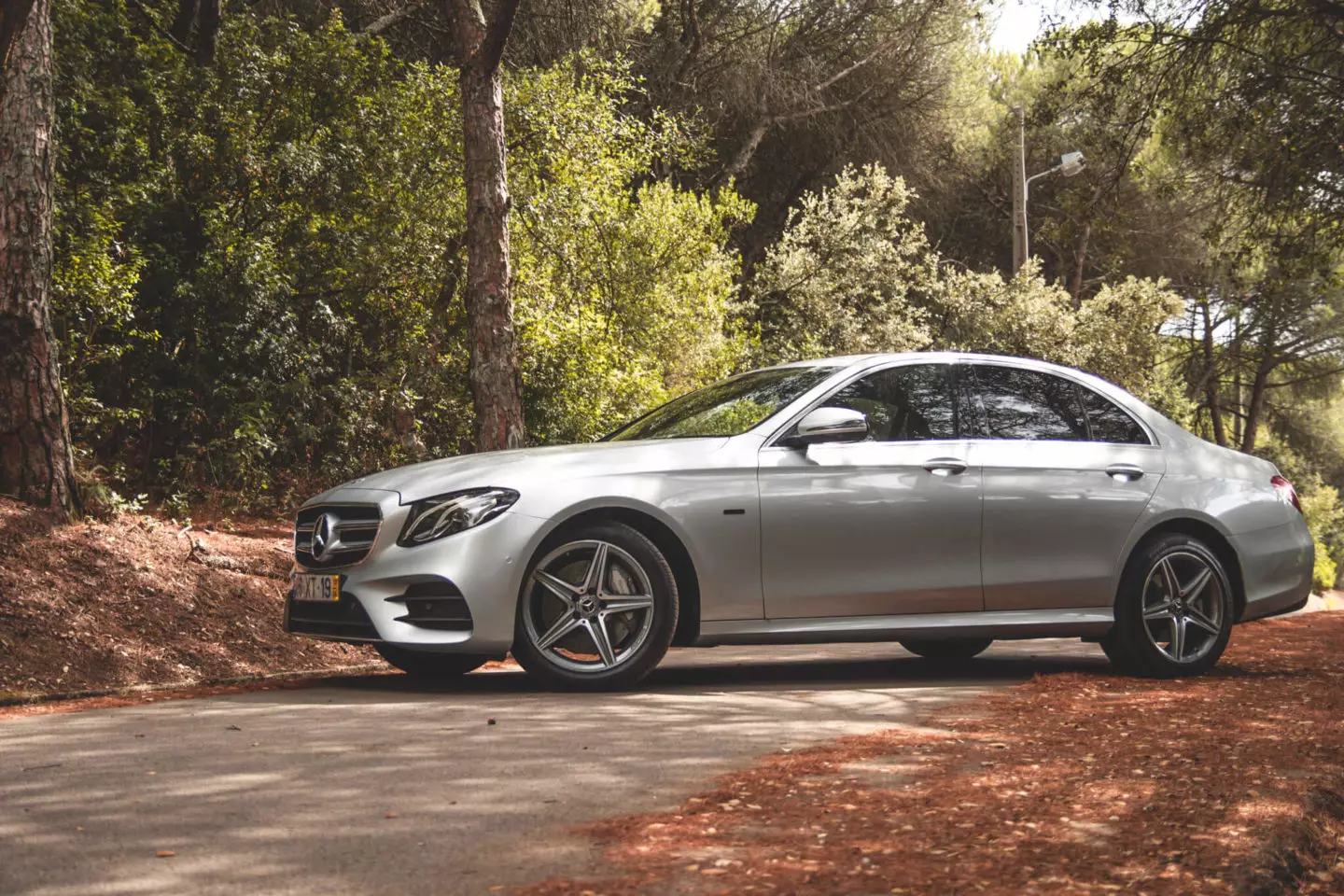
Mercedes-Benz E 300 and Limousine
As with electrics, plug-in hybrids are not the right solution for everyone either. In my case, there was no place to leave the car charging at the end of the day, and it was not always possible to do so at Razão Automóvel's premises.
The difficulties did not end on the occasions when I went looking for a charging station. They were either busy, or when they weren't, most of the time you could see why—they were simply inactive.
The Mercedes-Benz E 300 and E 300 de can also self-charge the batteries. Select Charge mode, and the combustion engine makes an extra effort to charge them — as you can imagine, on this occasion, consumption suffers.

More than plug-in hybrids, they are E-Class
Well, hybrid or not, it is still an E-Class and all the recognized qualities of the model are present and recommended.
Comfort stands out, especially the way it isolates us from the outside, partly as a result of the high quality that the E-Class presents us with, without blemishes, and with high-quality materials.
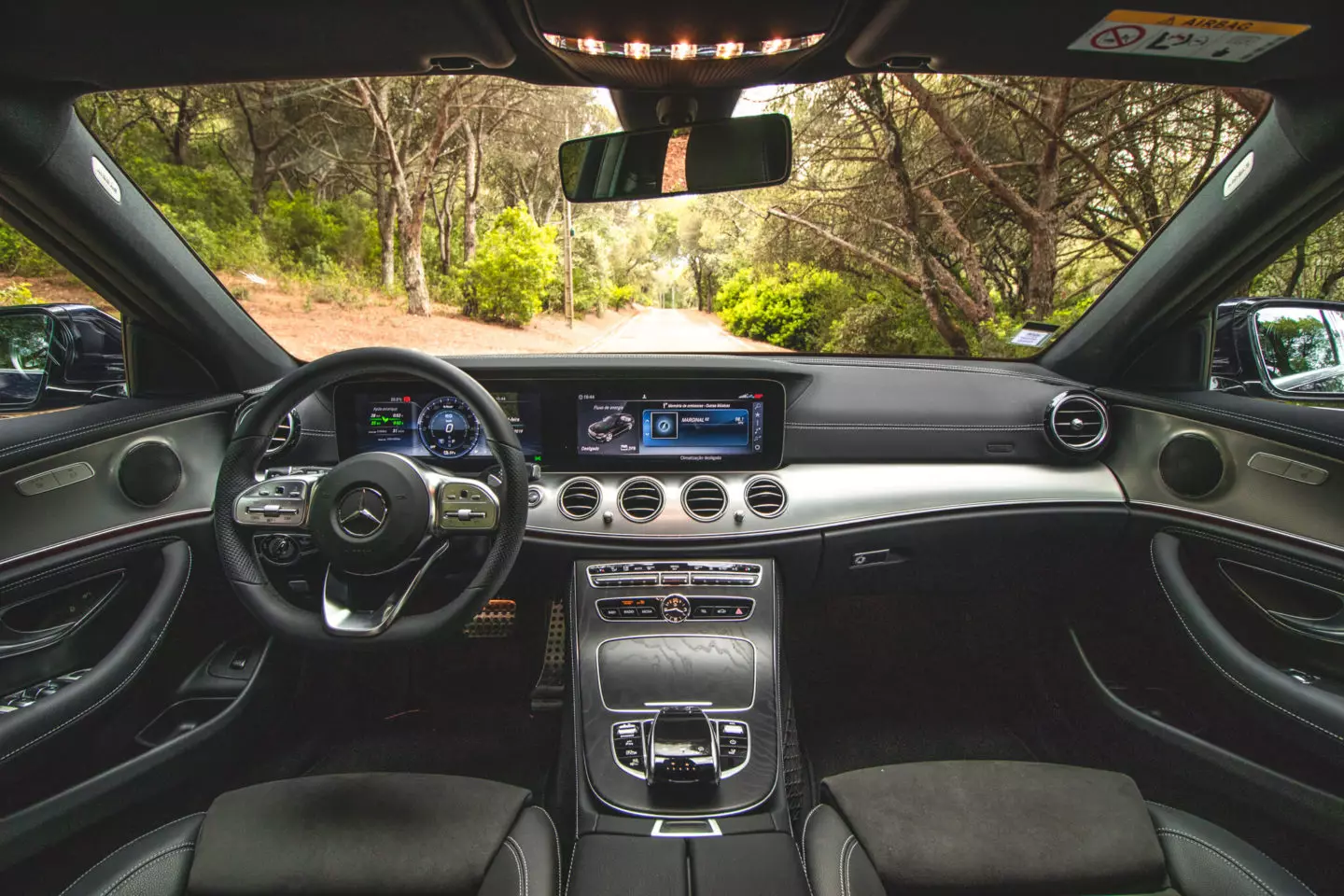
Mercedes-Benz E 300 from Station. The interior is unblemished in terms of its build quality and materials, in general, quite pleasant to the touch.
On-going aerodynamic noise suppression is high, as is rolling noise — except for the more audible hum of the wide tires 275 in the back. Join a driving group with a “muffled” voice, but with high performance, where on the highway, it's very easy to reach prohibitive speeds without really realizing it.
After all, like the rival Audi A6 I tested earlier this year, the E-Class's stability at high speeds is admirable and we feel almost invulnerable — the highway is the natural habitat of these machines.
You could leave Porto mid-morning, take the A1 to Lisbon, take a break for lunch and take the A2 to the Algarve and arrive in time for a “sunset” by the sea, without a machine or driver showing the slightest sign. of fatigue.
But I found another side to these E-Classes that, I confess, I wasn't expecting unless they came with the AMG stamp.
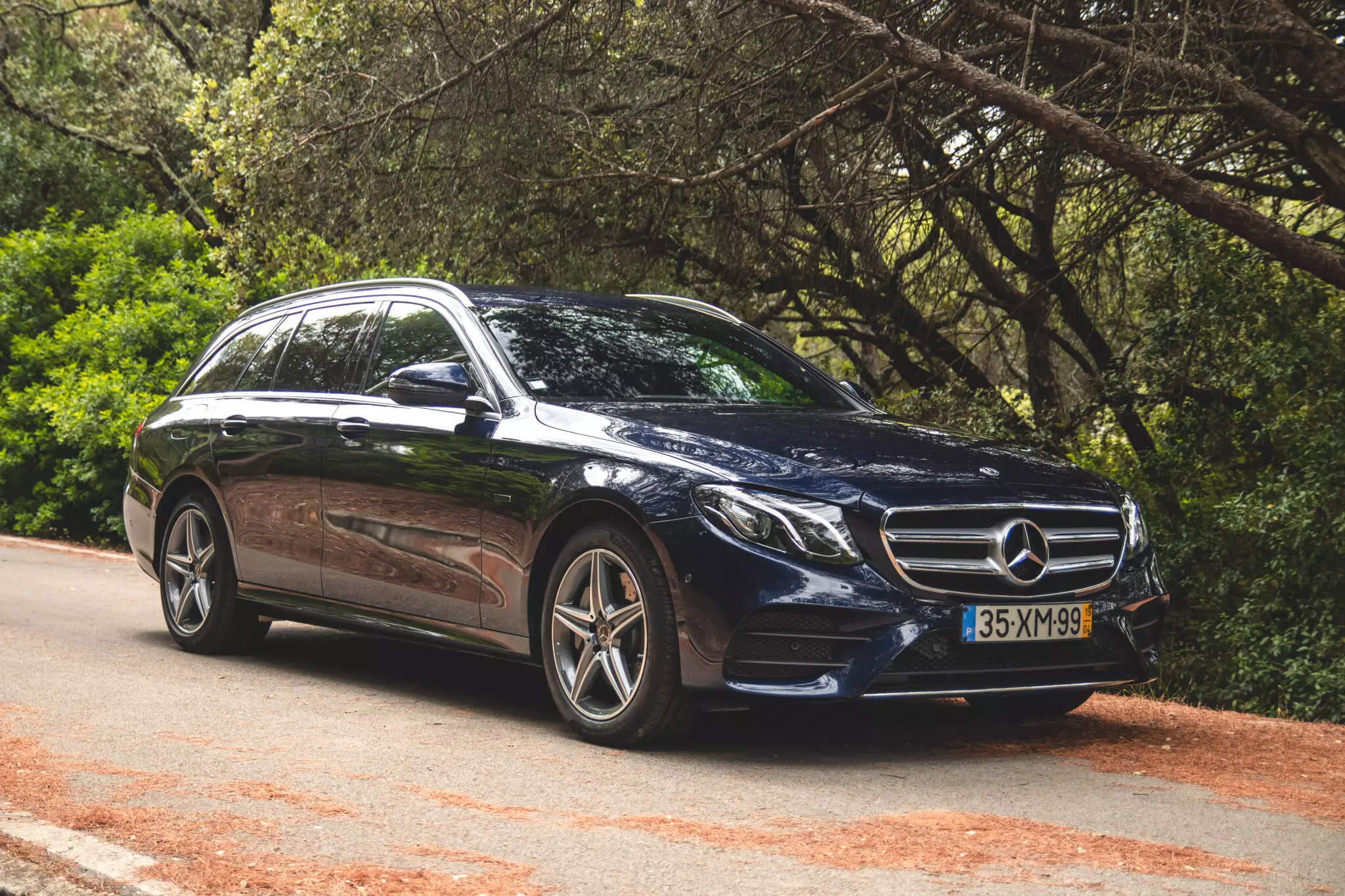
Even at over 2000 kg, the E-Class plug-in hybrids surprised with an unexpected sense of agility in the most meandering sections — effective, but very rewarding, more organic, more “lively” than, for example, the smallest good. and take “curve on rails” CLA.
There is always a but…
It's not hard to be fans of this E-Class pair, but, and there's always a but, the extra complexity of their driving group has had consequences. Luggage space is sacrificed to be able to house the batteries, which can limit their role as natural-born runners.
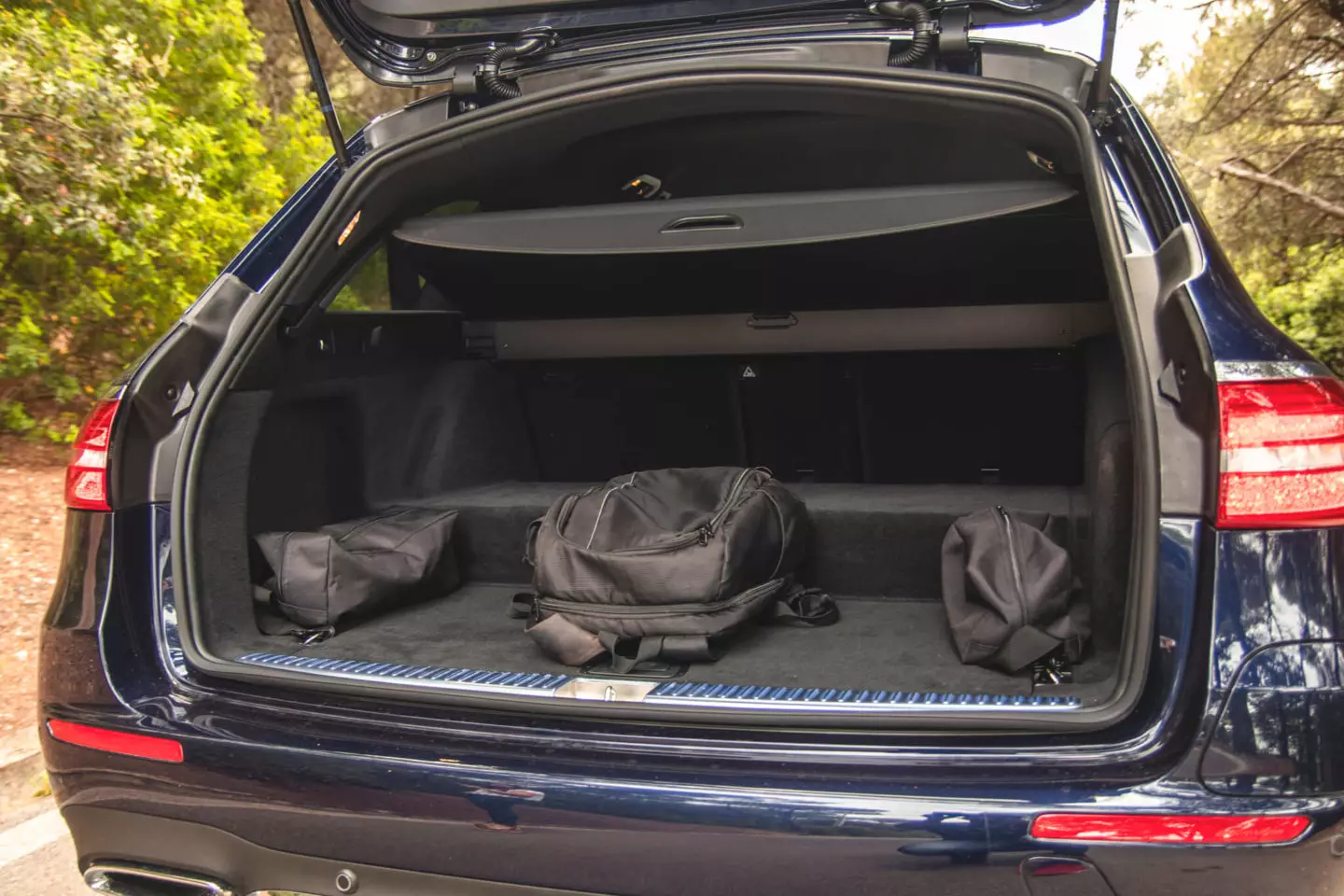
As you can see, the huge trunk of the E-Class Station is compromised by the batteries.
The Limousine loses 170 l of capacity, going from 540 l to 370 l, while the Station stays at 480 l, 160 l less than the other E-Class Stations. Capacity is lost as well as versatility of use — we now have a “step” in the trunk separating us from the seats.
Whether it is a deciding factor in your choice? Well, it will depend a lot on the intended use, but count on this limitation.
Is the car right for me?
As I mentioned earlier, plug-in hybrids aren't for everyone, or rather, they don't fit into everyone's routines.
They make more sense the more times we carry them, tapping into their full potential. If we only manage to load them sporadically, it might be better to equate the versions with only combustion engines.
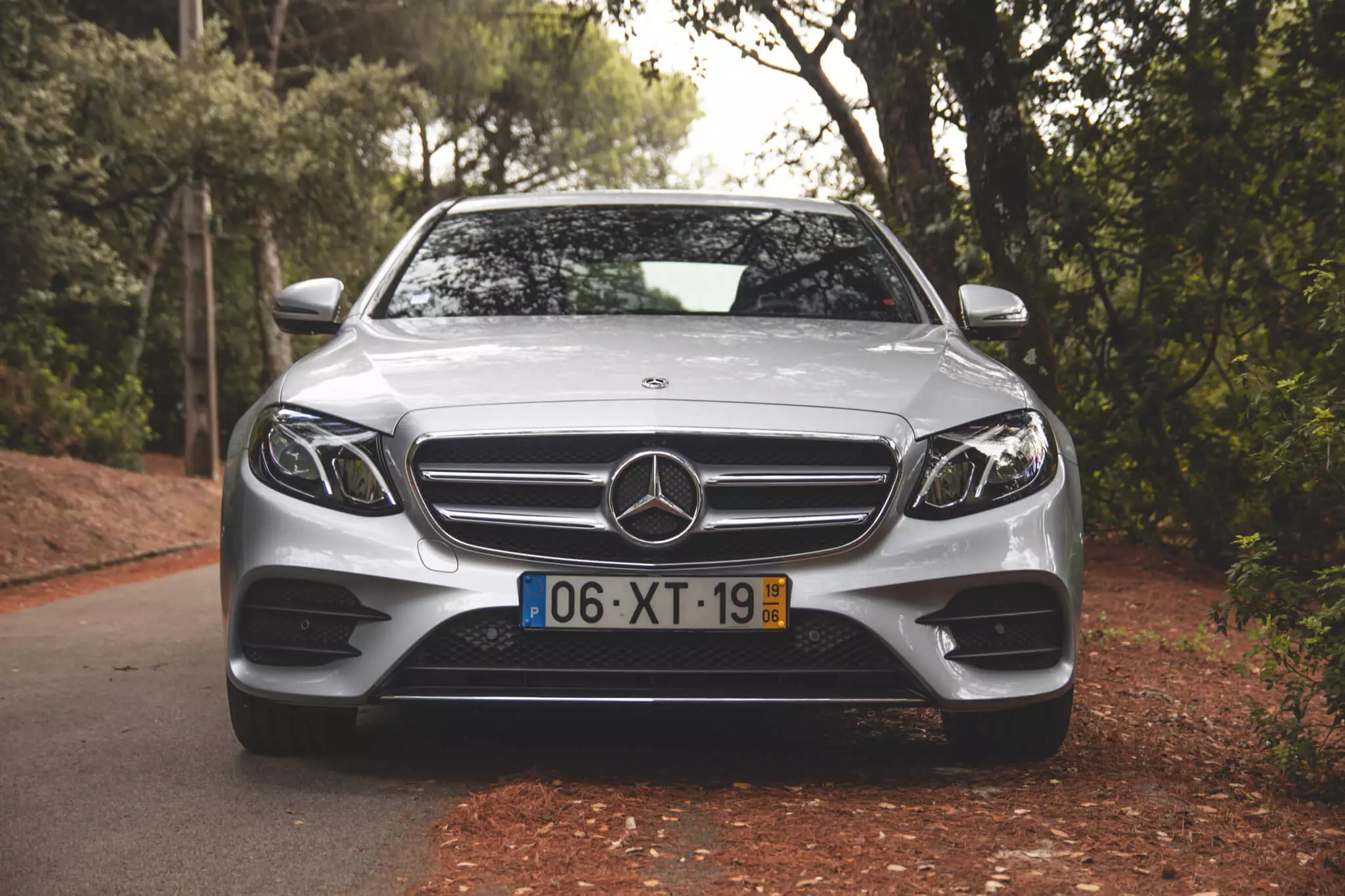
The “conversation” changes when we refer to the tax benefits that plug-in hybrids enjoy. And we are not referring to the fact that they only pay 25% of the ISV value. For companies, the benefit is reflected in the amount of autonomous taxation, which exceeds half (17.5%) of the amount taxed by cars with only an internal combustion engine. Always a case to be considered.
If the Mercedes-Benz E 300 de Station and E 300 and Limousine are the right choices for you, you have access to all that the E-Class has to offer — high levels of comfort and overall quality, and in the case of these versions, good performance. animated and even surprisingly engaging dynamic behavior.
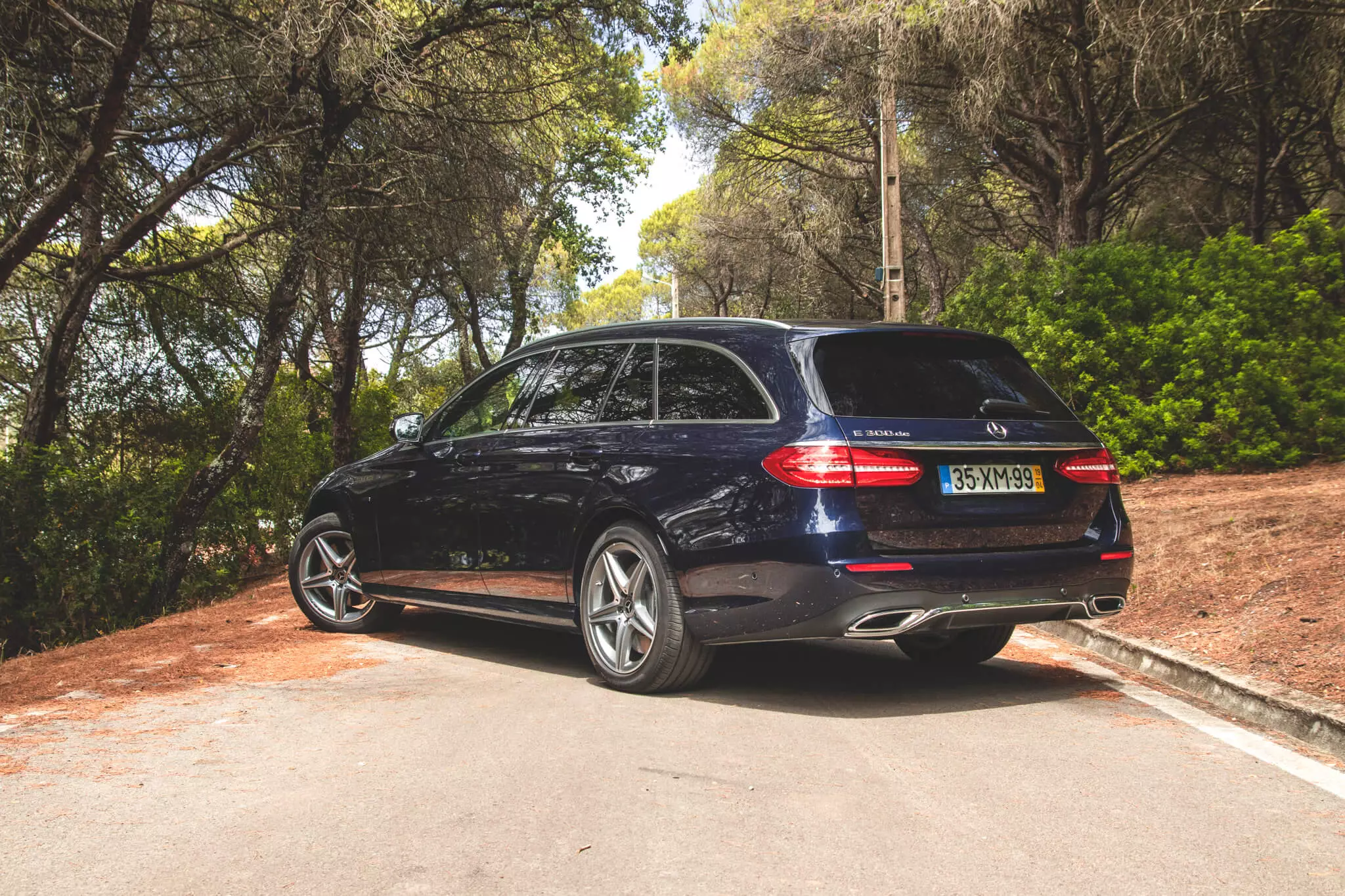
After all, does a diesel plug-in hybrid make sense or not?
Yes, but… like everything, it depends. In this case, the vehicle we are evaluating. It makes sense in an E-Class, if we use it as intended, that is, to take advantage of its qualities as a stradista. When the electrons run out, we are dependent on the combustion engine, and the Diesel engine is still the one that offers the best performance/consumption binomial.
Not that the E 300 e is inadequate. The gasoline engine is more pleasant to use and, in this case, it is even a little more affordable relative to the price. When on the open road, despite consuming more than the E 300 de, consumption remains reasonable, but perhaps it is more appropriate for a more urban/suburban use and to have a charging point at the “seeding hand”.
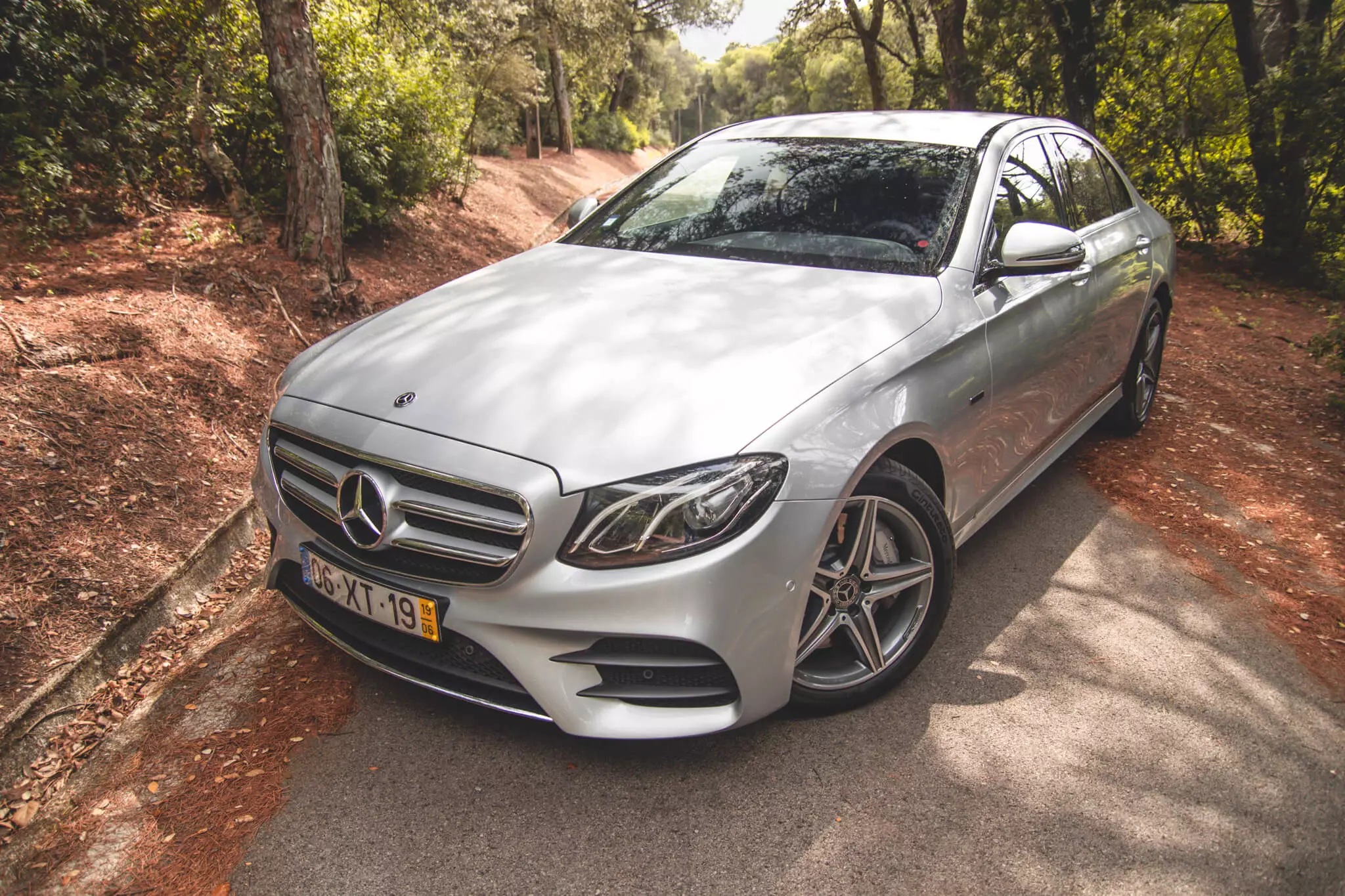
Note: All values in parentheses on the technical sheet correspond to Mercedes-Benz E 300 e (petrol). The base price of the E 300 and Limousine is 67 498 euros. The unit tested had a price of 72,251 euros.
